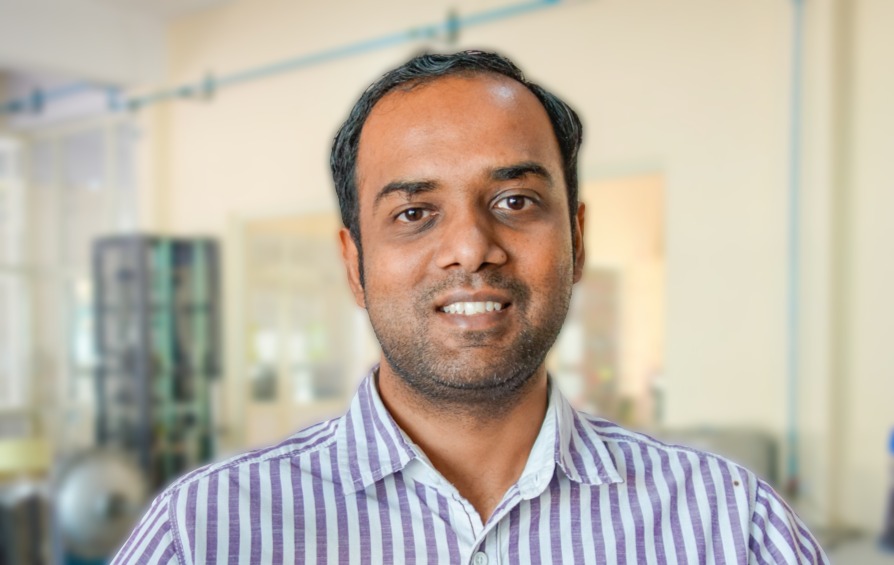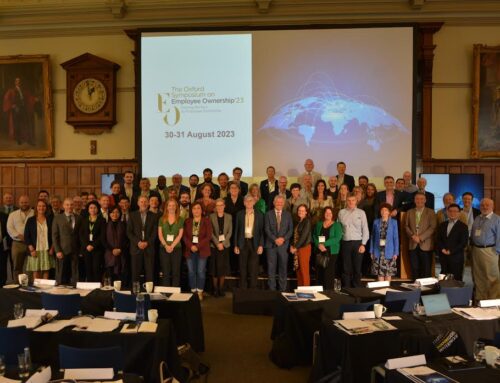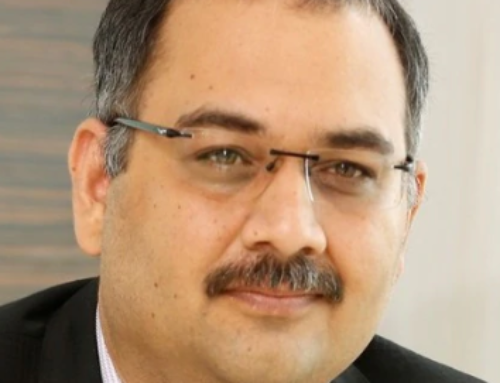John Hoffmire: Tell me about your company, NoPo Nanotechnologies.
Gadhadar: I founded NoPo Nanotechnologies in 2011 along with Dr. Robert Kelley Bradley. Our objective was to produce high quality carbon nanotubes and thereby enable applications that would transform life. In particular, we are developing technologies for the space industry that will also help solve some of the biggest problems on earth. In the first phase of realizing this vision, NoPo developed technology for producing highly dispersible, high quality, repeatable single-walled carbon nanotubes using a highly modified HiPCO process. We are now executing the second phase, which is to develop products using the carbon nanotubes as the base material.
John Hoffmire: What are carbon nanotubes?
Gadhadar: A carbon nanotube is an allotropic modification of carbon in the form of a cylindrical nanostructure, made of graphene (a two-dimensional structure or plane equal to the thickness of one carbon atom) twisted into a seamless cylinder whose ends are closed with spherical caps. Depending on the number of walls, e.g. graphene planes that form concentric pipes, there are two forms: as single-layer and as multi-layer structures. The nanotube can be made with a length-to-diameter ratio of up to 132,000,000: 1, which is significantly larger than any other material, so it has great strength, and at the same time it is light because it has a low density. We make some of the smallest diameter nanotubes with a measurement of just 0.5nm (About 5 hydrogen atoms across).
John: How are carbon nanotubes used outside of the space industry?
Gadhadar: These cylindrical carbon structures have properties that allow them to be widely used in nanotechnology, electronics, optics, defense, by airlines, and in many other fields. The combination of high-strength carbon nanotubes, low-density carbon fibers, and lightweight nanoporous polymers yields advanced high-strength and durable composite materials that allow the weight of airplanes or satellites, for example, to be reduced. Particularly, by replacing heavy copper wiring, which accounts for about one-third of the weight of large satellites, with low-density carbon nanotube wiring cables, we can achieve significant weight savings for future satellites. They could enable some of the sci-fi concepts such as the space elevator and single stage to orbit spacecraft.
John: I know that all industries are social industries at some level. But, are there industries with hard core social and environmental purposes that use carbon nanotubes?
Gadhadar: Absolutely. The possibilities for the use of carbon nanotubes seem endless, especially in the fields of water, energy and health science. Just to give you a few examples, there is a need for a superabsorbent material capable of separating oil-water mixtures, especially with high absorption capacity and mechanical strength. Single-walled carbon nanotubes (SWCNT) are an excellent adsorbent material due to their superhydrophobicity and good wettability properties. Hence, the unique properties of SWCNT encourage water purification during oil spills. We have fabricated vertically-aligned nanotubes for use in membranes. This reduces the pressure requirement by half and improves water flow rates up to 100x. This would be a major upgrade in membrane architecture. The membranes are inherently anti-fouling and with further developments could be the solution for many waste water treatment problems.
We have also developed a new class of flex sensors called CENCE. These can detect tiny movements rapidly. CENCE found a use case in smart gloves for the entertainment industry where it solves the problem of rapid detection of finger movements. CENCE could also help decode sign language into typed text and has numerous other applications. Some of our customers have also found a use case for nanotubes in biotechnology as a luminescence molecule for DNA sequencing.
John: Your company has won several awards in the past few years. Tell me more about that.
Gadhadar: Yes indeed. For the first few years we focused only on developing nanotubes. It was an achievement for a small dedicated team to develop a material 6000 times smaller than carbon fiber in a nation where carbon fiber was yet to be produced commercially. We won second place at the Global Startup Challenge this year, Last year we were the IDEX Defense India Startup Challenge-1 (Indian Navy) Winner; the PwC-FICCI LevelNXT Winner; an AGNii Awardee; and the Sustainability in Space, CLIX Finalist, Abu Dhabi. We are also one of the few Indian startups to ever sign a Technology Development MOU with Lockheed Martin. But even more exciting than this, NoPo is now producing single-walled carbon nanotubes consistently and doubling production roughly every quarter. After 26 years of discovery, we are finally on the cusp of seeing nanotube-based products in daily life.
John: Tell me about your association with the Chevening Research Science and Innovation Leadership Programme (CRISP)?
Gadhadar: I was a fellow of the 2019 Chevening Research, Science and Innovation Leadership Fellowship (CRISP) program at Oxford. It was a tremendous experience to be in Oxford studying with the other CRISP fellows – men and women from upper management in companies and other organizations from all over India and Sri Lanka and from all varieties of industry. The program sought to give me the tools to prepare for the next decade of my journey. It did exactly that. CRISP gave me time to be introspective, channel all my energies towards taking many of NoPo’s innovations to the world.
John: It was a pleasure to work with you last year with the CRISP program at Oxford, and it’s been fascinating learning more about the work you are doing with NoPo Nanotechnologies. Thank you for this interview.
Gadhadar: Thank you, John. It’s always a pleasure talking with you.
Gadhadar Reddy is the Chief Executive Officer of NoPo Nanotechnologies Private Limited. He is also an alum of the Chevening Research Science and Innovation Leadership Programme (CRISP) at Oxford University (2019)
Interviewer: Dr. John Hoffmire is the Chairman of the Center on Business and Poverty, the Director of Employee Ownership at Teamshares, and Research Associate at the Oxford Centre for Mutual and Co-owned Business
For more information click here for NoPo Nanotechnologies’ website






